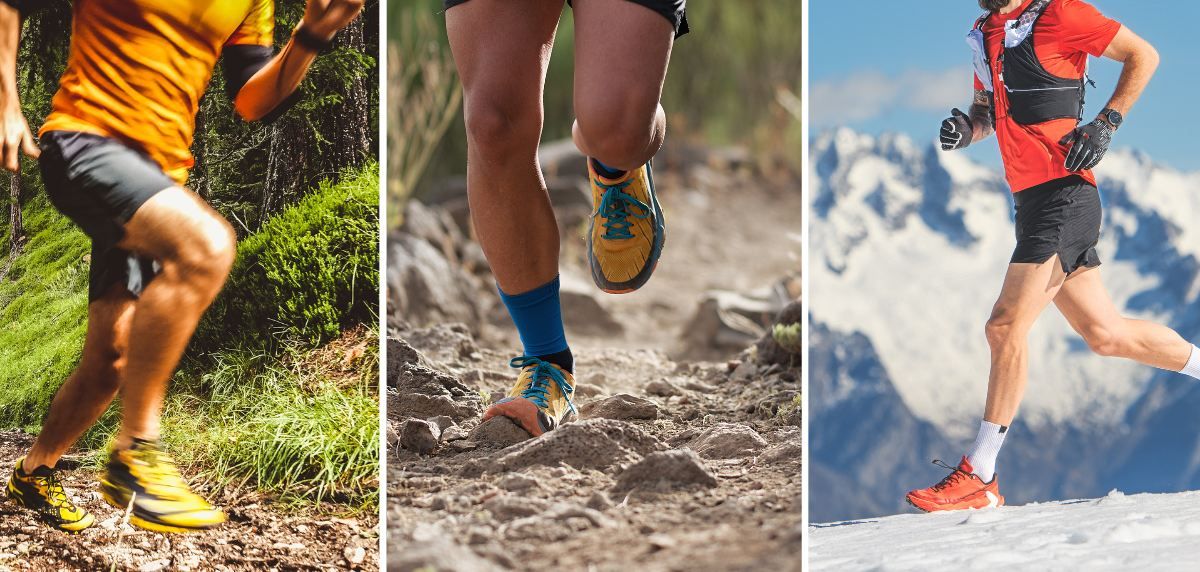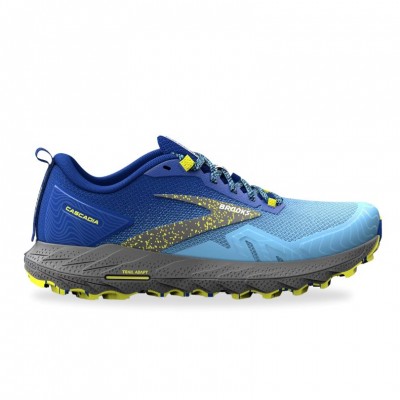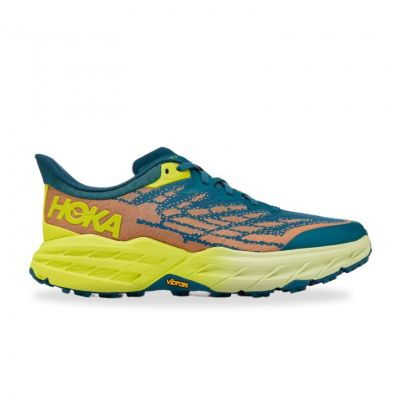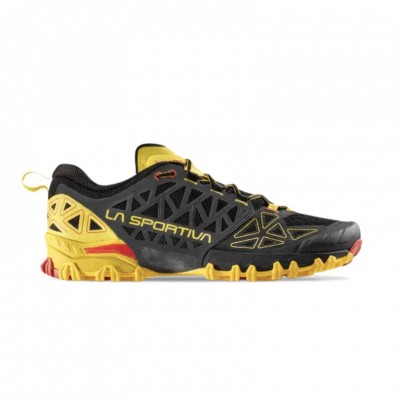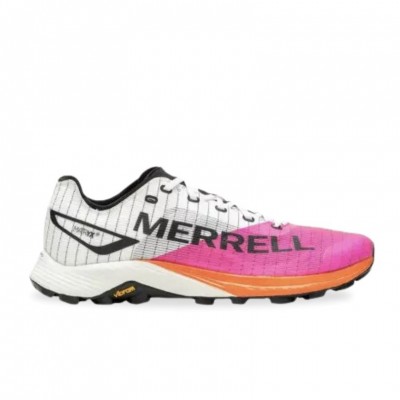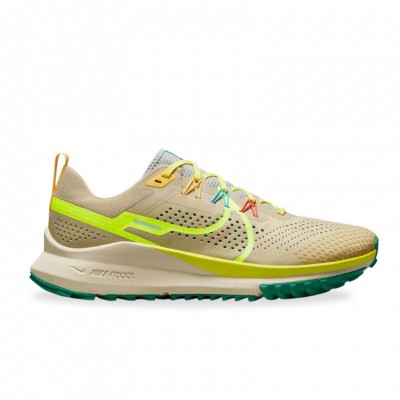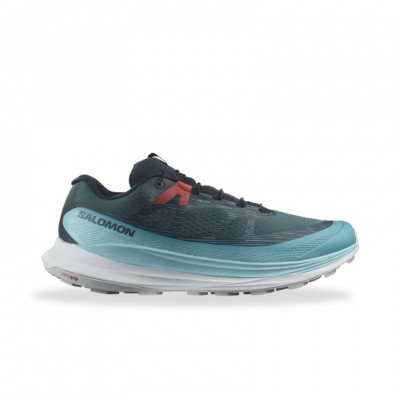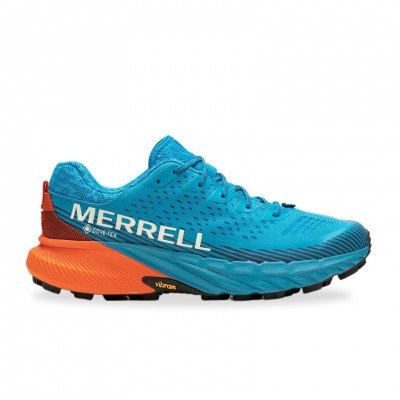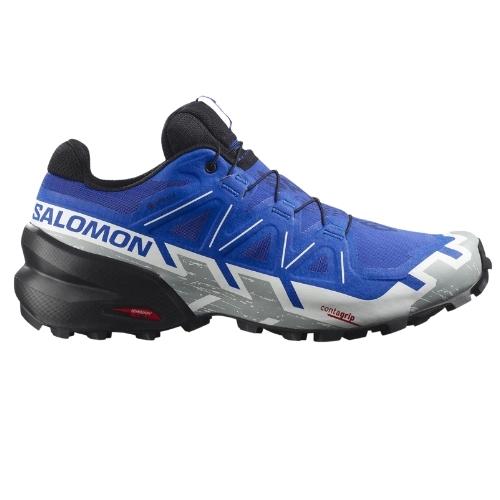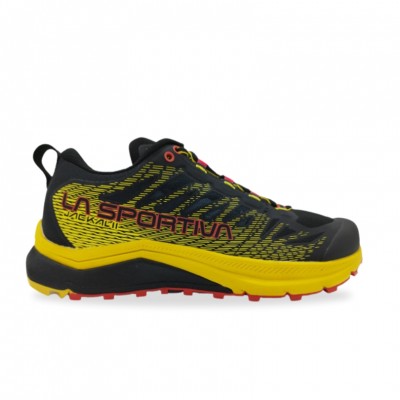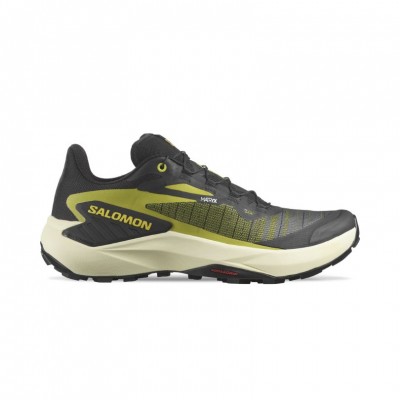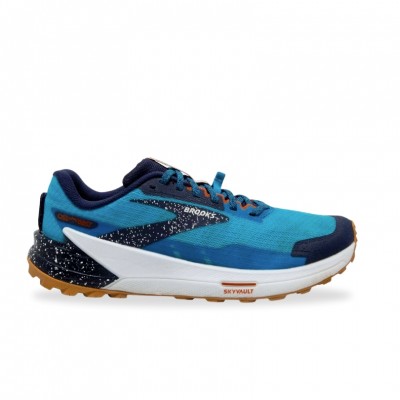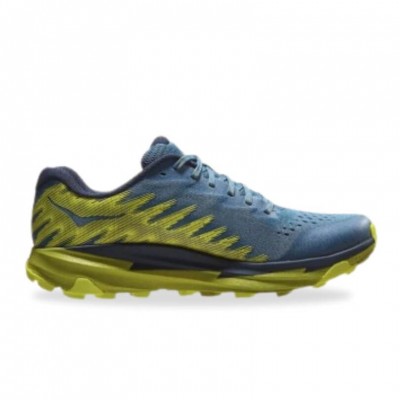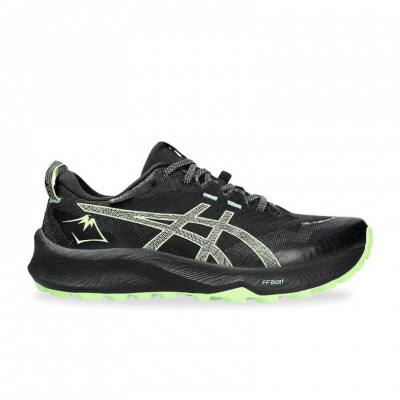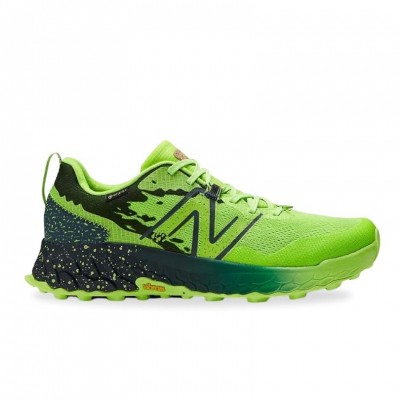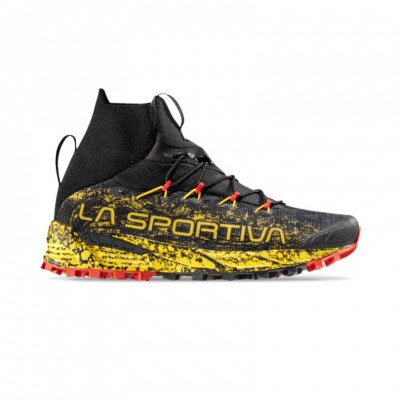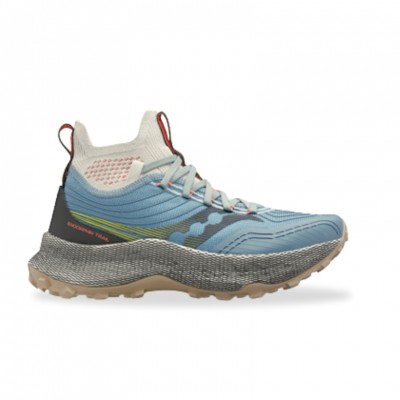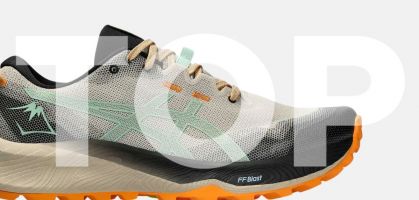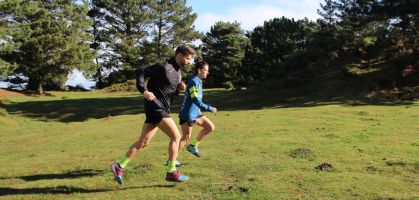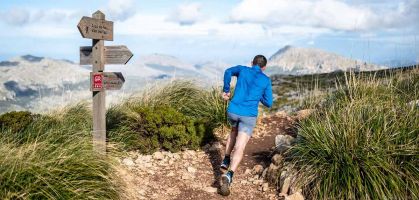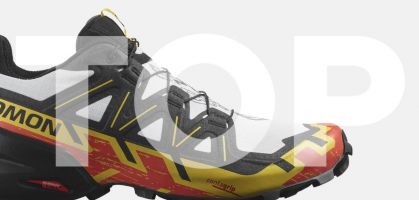Firstly, it's crucial to understand that running on asphalt and trail running are distinctly different experiences. Asphalt running typically takes place on flat, hard surfaces such as roads or city streets, characterized by consistent, predictable terrain. In contrast, mountain or trail running is a venture into less predictable landscapes, presenting a variety of challenges including steep inclines, rapid descents, uneven trails, loose rocks, mud, and other natural obstacles. While road running often follows a straight or uniformly surfaced path for miles, trail running demands navigation through constantly changing conditions.
Not sure which shoe to choose?
In a few simple steps we help you to choose the ideal running shoe for you.
GO TO THE RECOMMENDERWhen picturing mountain running, one can expect to encounter everything from dirt paths and trails to rocks, inclines, puddles, and roots. Recognizing and understanding the various types of terrain you'll face means not only learning how to adapt your running technique to constantly changing surfaces but also ensuring you have the appropriate footwear for the training or race ahead. At RUNNEA, our goal is to guide you through identifying the different terrains you might find in mountain running and to recommend the ideal trail running shoes for each type of ground.
What motivates you?
In the mountains there is a wide variety of terrain where races can take place, and we have to be very careful with the type of shoes we are going to use depending on the terrain. The different terrains are:
Wooded trails
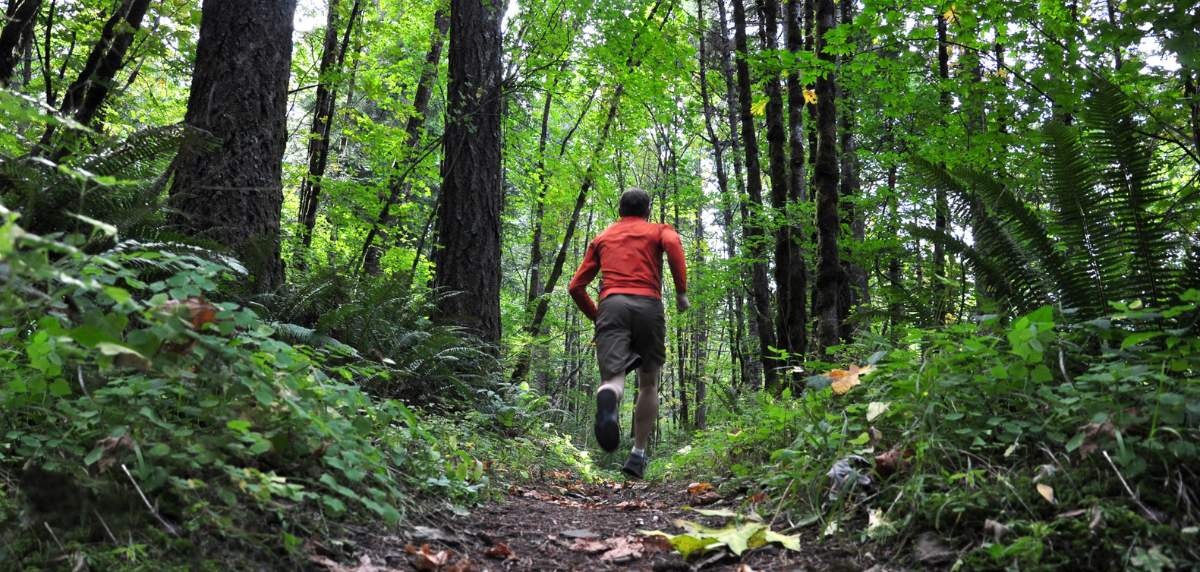
These terrains are quite common, and their level of difficulty can vary based on factors such as the slope, vegetation, presence of roots or rocks, and how narrow the path is. Be prepared to adapt to changing conditions, navigate obstacles, and tackle elevation changes.
Type of trail shoe
In such situations, the best choice is a versatile trail shoe that offers robust protection for the foot, ensuring a safe running experience. Look for a shoe with a durable upper, reinforced around the toe and sides for added protection. A stable heel design is essential to prevent unwanted movements during your run. The ideal outsole should have a moderate heel height, around 35 mm, which won't hinder you in more runnable sections and will provide sufficient grip on surfaces where you might encounter rocks or roots. A medium to medium-high level of cushioning is advisable.
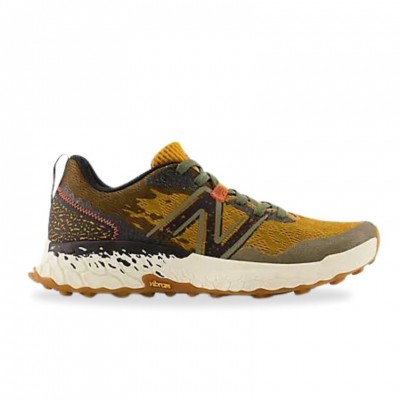
New Balance Fresh Foam X Hierro v7
New Balance Fresh Foam X Hierro v7
Rocky mountain trails
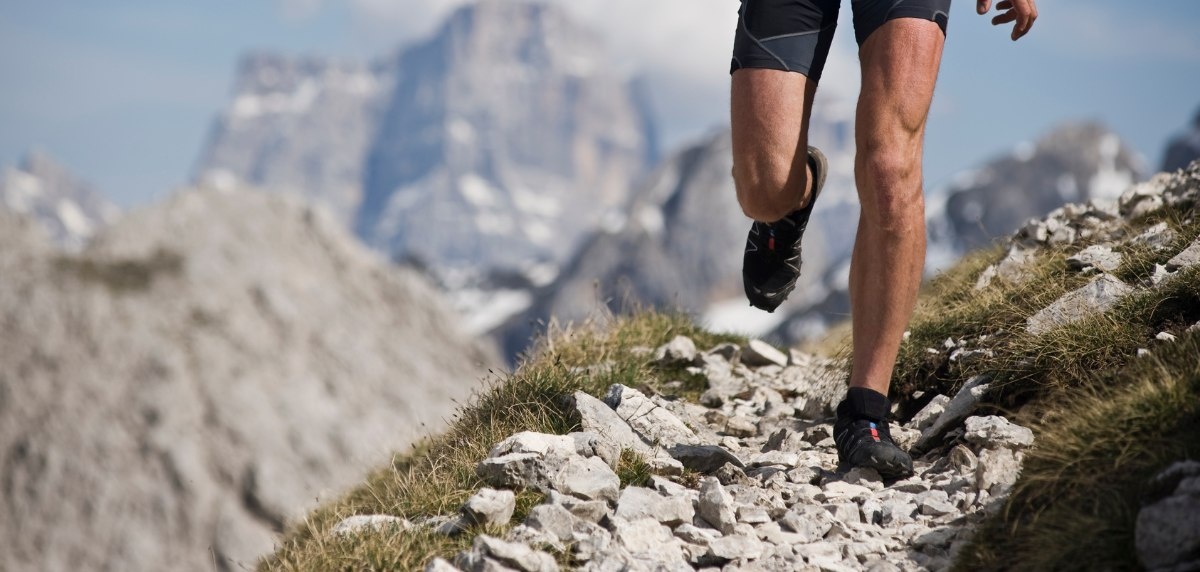
This terrain is among the most challenging yet thrilling. As implied by the name, it features uneven, rocky paths with steep inclines. Running safely on such terrain requires technical skill to navigate the rocks without injury (such as sprains or falls) and to maintain a steady pace. High concentration and the ability to swiftly adapt to the terrain are crucial.
Type of trail shoe
Safety is the paramount concern for footwear in this environment. Look for shoes with a reliable sole, such as one made by Vibram, which offers excellent grip, and opt for a slightly more aggressive tread, up to about 45 mm. The choice of shoe width should depend on your running technique; a wider last can provide greater stability if your technique needs improvement. Additionally, a well-supported heel area is vital. Focus on the sole for grip and stability, and ensure the shoe offers adequate support for your foot. Some cushioning is also necessary (medium cushioning is advisable) to mitigate the feel of the terrain's sharp edges underfoot.
Open fields
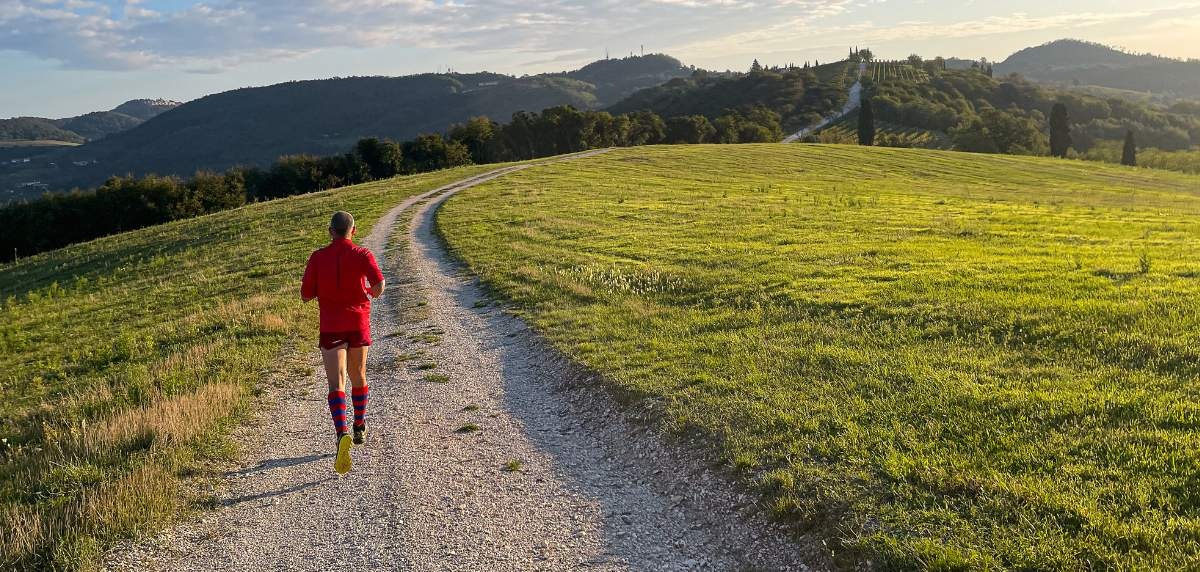
These terrains consist of wide-open spaces, including grasslands, meadows, and agricultural lands. They offer easier running conditions, but caution is still necessary to avoid potential obstacles like holes. The breathtaking panoramic views available in these settings make running there especially rewarding.
Type of trail shoe
For these areas, it's recommended to choose a shoe that prioritizes comfort, with ample cushioning and a versatile sole that doesn't overly restrict movement. Opt for shoes with maximum cushioning that provide good foot protection while focusing on comfort and enhancing the running experience.
Alpine terrain
They offer breathtaking landscapes. They are located at high altitudes, with steep slopes, rocky terrain and unpredictable weather conditions, as you can encounter snow, ice, glaciers and strong winds. Being well acclimatized to the altitude, which is achieved with training and the use of the right equipment, is essential to successfully tackle these terrains.
Type of trail shoe
We are going to need a shoe of guarantees, that allow us to feel in certain way the land on which we tread. But that will provide us with security and protection against the difficulties that we may encounter. A good grip will be essential. I would bet on Vibram soles. Depending on the area where we are going to run if there can be snow or water we could choose a waterproof shoe with Gore Tex for example. A blocking around 4 mm and a great adjustment of the shoe. You should be able to feel it as a part of your body. It should not be excessively cushioned so that you can feel the terrain you are walking on.
Narrow canyons
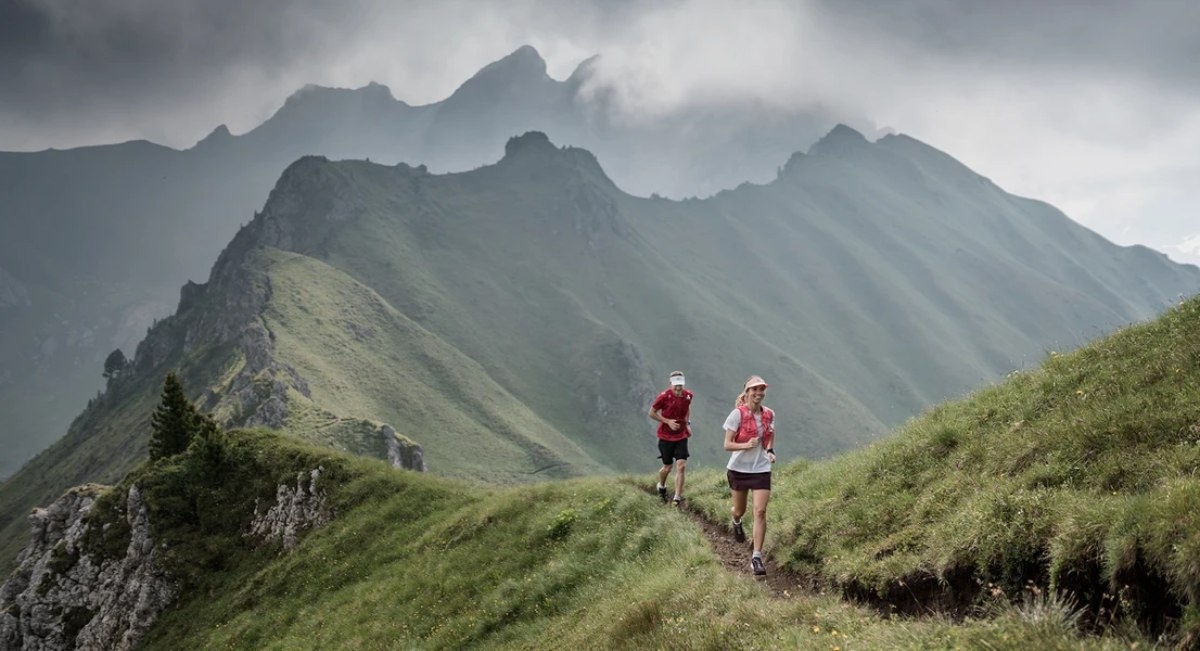
Understanding what we mean by "canyon" is crucial. It refers to a narrow, deep path flanked by steep, rocky walls on both sides. Caution is paramount in such environments due to potential hazards like loose rocks. Other challenges might include water currents, where rope placement could be beneficial, and navigating narrow passages. A high level of concentration and technical skill is essential for safely running through canyons.
Type of trail shoe
For canyon terrain, I recommend a shoe that combines comfort and stability, with a medium tread that prioritizes stability above all. The variable conditions encountered in canyons necessitate footwear adaptable to a wide range of challenges. Opting for a shoe with medium cushioning is advisable, providing a balance between comfort and the ability to feel and react to the terrain.
Crossing Rivers
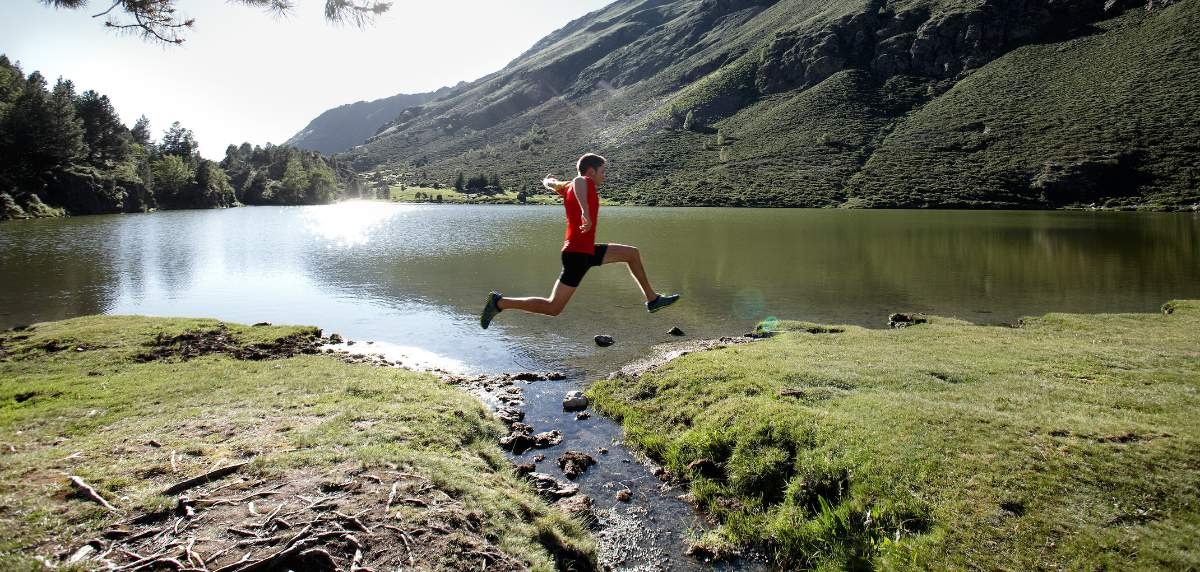
When crossing rivers, prioritize finding the safest route, which may not always align with the race's marked path. Opt for paths where the water is shallowest, hopping from rock to rock when possible, and exercise caution on slippery surfaces and makeshift bridges. Safety is the key concern; it's better to lose a bit of time than to risk an accident that could jeopardize the race, or worse.
Type of trail shoe
Selecting a shoe that provides excellent traction and efficient water drainage is essential. Given the unpredictable nature of riverbeds, where footing is often obscured, additional support and stability are crucial. A sole designed to minimize slipping is also important. As with all mountain running, ensuring a good fit and comfort remains vital.
Snowy and icy terrain
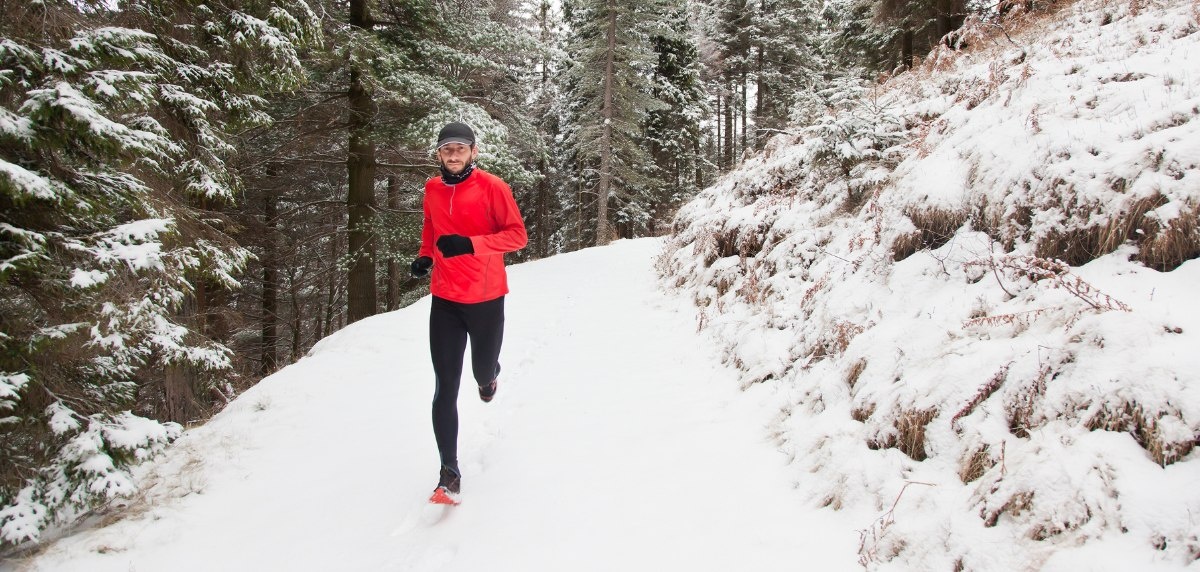
Snowy or glacier-covered terrains present one of the most extreme challenges in mountain racing, with a high risk of slipping, particularly on steep and exposed areas. Familiarity with safety techniques for snowy terrains and experience running with crampons are critical for navigating these conditions safely.
Type of trail shoe
For snowy or glacier terrains, it's imperative to choose shoes with outstanding traction and grip to prevent slipping, especially on inclines. Look for soles (like Vibram) that feature deep lugs and are made from rubber compounds optimized for cold conditions. Shoes should also be compatible with crampons and offer protection against the cold and dampness, such as with Gore-Tex technology. Support, stability, and enhanced durability are also crucial features for these demanding terrains, ensuring both safety and longevity in the harsh mountain environment.
As we mentioned earlier, the choice of footwear depending on the type of terrain is paramount in order to succeed in our competition.
*Photo: Salomon
Read more news about: Trail
